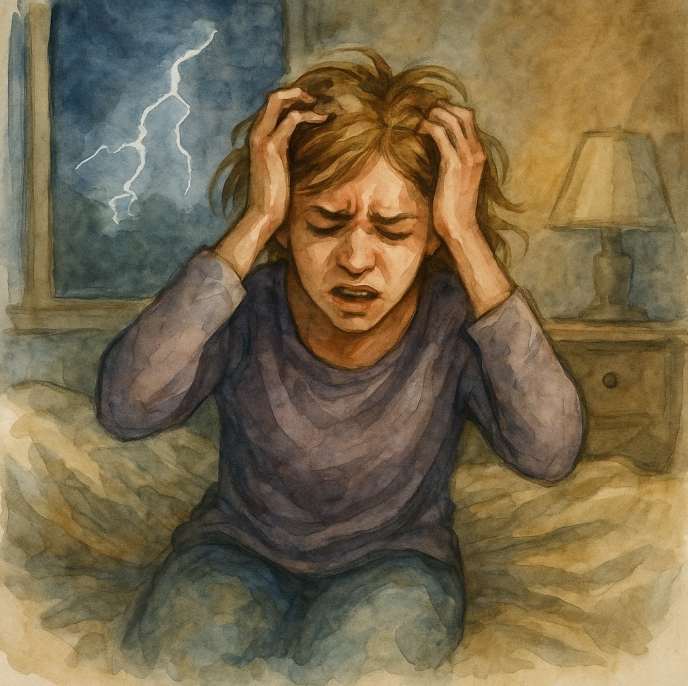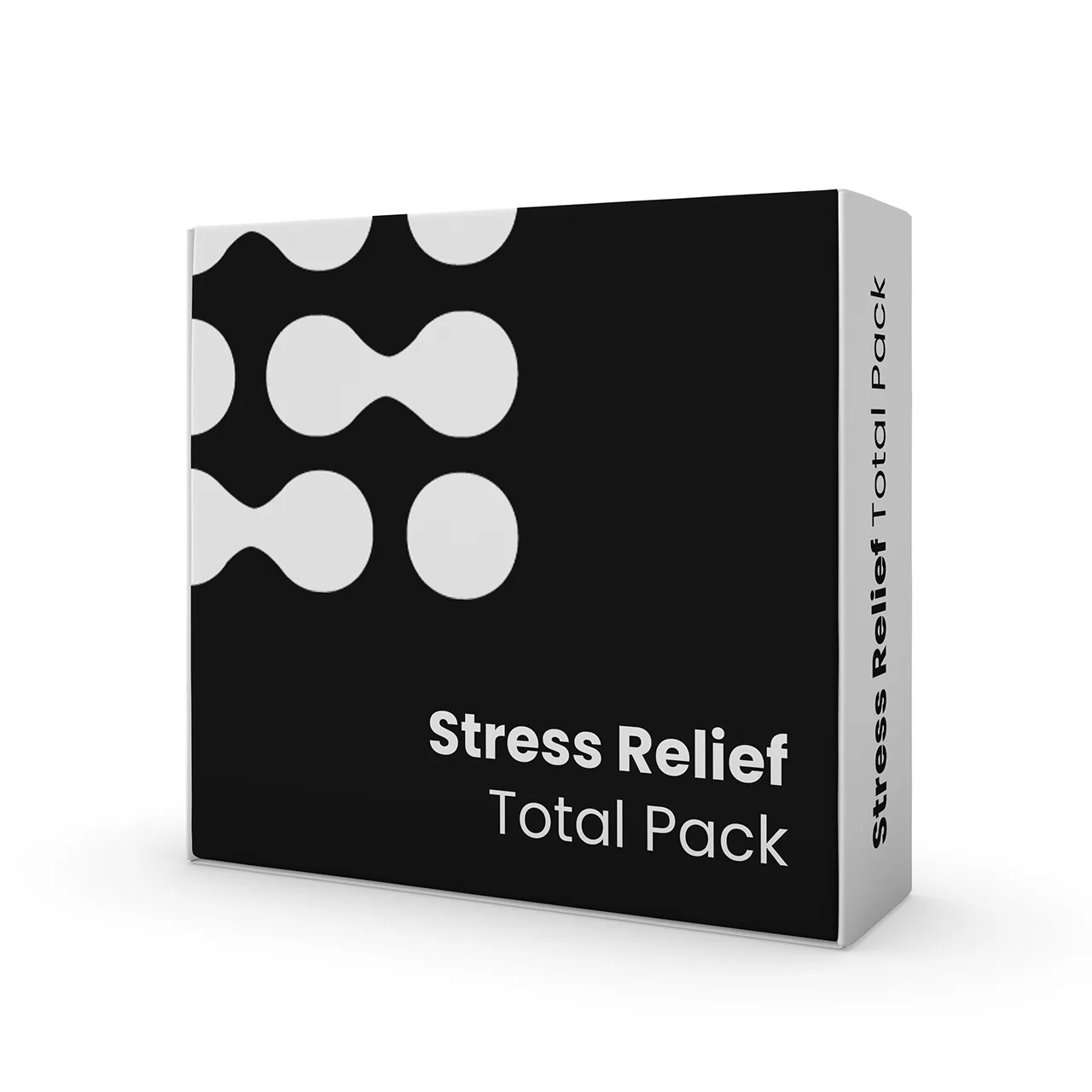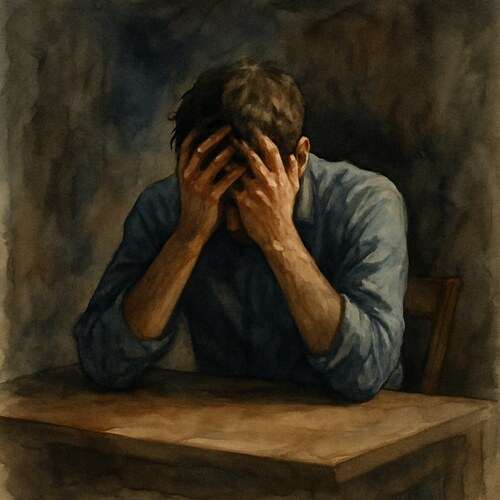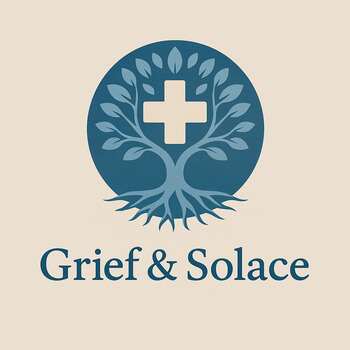Grieving Epilepsy: Living Between Seizures and Silent Fears
Grief in epilepsy comes between heartbeats, holding your breath every time they fall, every time the world tilts without warning.

This post blends real grief with grounded knowledge. It isn’t clinical. It isn’t distant. It’s meant to sit beside you—not above you. The story you’ll read is meant to reflect what so many feel when living through or witnessing this condition: confusion, exhaustion, and quiet forms of courage.
If what you read feels familiar, please speak with your doctor. Your pain deserves more than silence.
I Learned to Count the Seconds Until She Came Back
The first time it happened, I thought she was choking. Her fork clattered to the floor, and her body stiffened in a way I had never seen before…unnatural, terrifying. Her eyes rolled back. The silence before the convulsions was the worst part. It felt like the air itself forgot how to move.
We didn’t know what to do. I froze, watching her seize, watching time split itself into seconds I couldn’t control. By the time the shaking stopped and she lay there, breathing again, I had already called an ambulance with trembling hands. But no one tells you that the first one is not the last.
🧠 Symptoms:
- Recurrent seizures: Episodes of altered consciousness, sensations, emotions, or behaviors
- Seizure types:
- Focal seizures: Begin in one area of the brain; may cause unusual sensations or movements
- Generalized seizures: Involve both sides of the brain; can cause loss of consciousness and convulsions
- Aura: A warning sensation before a seizure, such as a strange smell or feeling
- Postictal state: Confusion, fatigue, or headache following a seizure
Epilepsy, they said. Seizure disorder. A chronic neurological condition. It sounded clean, clinical, and manageable. But living with it was something else. It was learning to memorize her medications and to spot the warning signs: the far-off look in her eyes, the subtle stillness before the storm. It was teaching everyone, teachers, friends, coworkers, how to help if she dropped to the ground mid-conversation. It was building a life around the possibility of disruption.
She started carrying cards in her wallet, and bracelets on her wrist. Little notes that said: “I have epilepsy. I’m okay. Please don’t call 911 unless it lasts more than five minutes.” Because five minutes is the danger line. That is when the brain starts to suffer. That is when time becomes more than just a measurement; it becomes a countdown.
Complications:
- Injuries: From falls or accidents during seizures
- Drowning: Risk during swimming or bathing
- Car accidents: Seizures while driving
- Pregnancy complications: Risks to both mother and baby
- Emotional health issues: Depression, anxiety, and social isolation
- Status epilepticus: Seizures lasting more than five minutes or occurring back-to-back without recovery
- Sudden unexpected death in epilepsy (SUDEP): Rare but serious risk
Causes:
- Genetic factors: Inherited traits affecting brain function
- Head trauma: Injuries from accidents or other causes
- Brain conditions: Tumors, strokes, or infections like meningitis
- Prenatal injuries: Brain damage before birth
- Developmental disorders: Such as autism or neurofibromatosis
She hated being watched. She said it made her feel like a bomb, ticking quietly, waiting to go off. So I tried not to hover. I tried not to flinch when she paused mid-sentence or rubbed her temples a little too long. I failed more often than I admitted. You cannot love someone with epilepsy and not become part of the equation—their witness, their protector, their clock-watcher.
But she still lived. God, she lived. She danced barefoot in the kitchen, even when the meds made her dizzy. She laughed too hard at jokes and sang with the windows down. Some days were hard, yes—filled with side effects and fear—but others were radiant. She did not let the seizures define her. She just adjusted around them, like setting place settings around a broken leg of the table, careful, but never absent.
I stopped fearing the seizures as much as I learned to count. Thirty seconds. Forty-five. A minute. She always came back. Her eyes would find mine again, a little dazed, a little unsure…but there. Present. Herself. Each return felt like a small resurrection.
She does not remember the seconds she is gone, but I do. And I love her through every one of them.
Risk Factors:
- Age: Most common in children and older adults
- Family history: Increased risk if epilepsy runs in the family
- Head injuries: Especially without proper treatment
- Stroke and vascular diseases: Can lead to brain damage
- Dementia: Increases risk in older adults
- Brain infections: Such as meningitis or encephalitis
- Prolonged seizures in childhood: Febrile seizures lasting more than five minutes
📘 Diagnosis & Treatment
Diagnosis involves:
- Neurological examination: Assessing motor abilities and mental function
- Blood tests: Checking for infections or genetic conditions
- Electroencephalogram (EEG): Detecting abnormal brain activity
- Imaging tests: MRI or CT scans to identify brain abnormalities
Treatment options:
- Medications: Anti-seizure drugs tailored to seizure type and patient profile
- Surgery: Removing the brain area causing seizures
Therapies:
- Vagus nerve stimulation: Device implanted to send electrical signals to the brain
- Ketogenic diet: High-fat, low-carbohydrate diet to reduce seizures
- Deep brain stimulation: Electrodes implanted in the brain to control seizures
- Responsive neurostimulation: Device that detects and responds to seizure activity
I know this is heavy, and I understand that the road ahead may feel like a tangle of loss and unanswered questions. But please hear this: you are not broken because you are hurting; you are not weak because you are afraid. You are living through something real, and survival itself is a kind of grace. You are allowed to struggle, you are allowed to hope, and you are allowed to not have all the answers today. Whatever comes next, you do not face it empty-handed; you carry every moment of love that shaped you, and that will always be enough to keep going.
🎀 Gifts to help With Epilepsy
🏥 Everyday Comforts for Everyday Battles
Managing Epilepsy often means needing a little extra help.
Sometimes it’s about restoring dignity, ease, or simply getting through the day with less pain.
These carefully chosen tools aren’t just items; they’re small bridges back to living.
This section is about finding practical support, never shame.
Anti-Slip Seizure Safety Rug Pad – Quiet Protection for the Unexpected Fall
One of the most overlooked risks in epilepsy is falling—especially on hardwood or tile floors. This anti-slip rug pad anchors rugs in place to reduce slipping hazards during unexpected seizures. It’s a small, often ignored layer of safety that can make a home less dangerous without making it look like a hospital. Quiet prevention for a loud condition.
🌿 Paths to Healing Beyond the Map
Sometimes traditional medicine isn’t enough.
If you’re exploring gentle, alternative options to help with Epilepsy,
you might find comfort in plant-based compounds like **CBD or CBG**.
*This section is not medical advice,just a door left open.*
USA Medical Stress Relief Total Pack – Easing the Tension That Can Spark the Storm
Not every seizure comes from flashing lights. Sometimes, it’s stress, exhaustion, or emotional overload. This Total Pack blends CBD with calming botanicals and adaptogens to support the nervous system and help reduce non-neurological seizure triggers. It’s not medicine. But it may help lower the internal temperature before it boils over.
Need a Different Path Forward?
Every journey through grief looks different. Choose the next step that speaks to where you are now:
When You're Ready to Start Healing
Healing doesn’t mean forgetting.
It means finding small ways to carry your grief with strength and grace.
These are the stories, tools, and gentle steps to begin walking forward…at your own pace.
When You're Still in the Thick of It
Sometimes healing feels like a lie.
If you’re not ready to move on…if the pain still roars louder than the world wants to hear…this is the place where you’re allowed to feel it.
No sugarcoating. No pretending. Just truth.
When You're Holding on to Who’s Still Here
Grief reminds us to love louder.
If someone you love is still with you, this is your place to celebrate them, honor them, and create new memories while there’s still time.
Joy and sorrow can live side by side.






